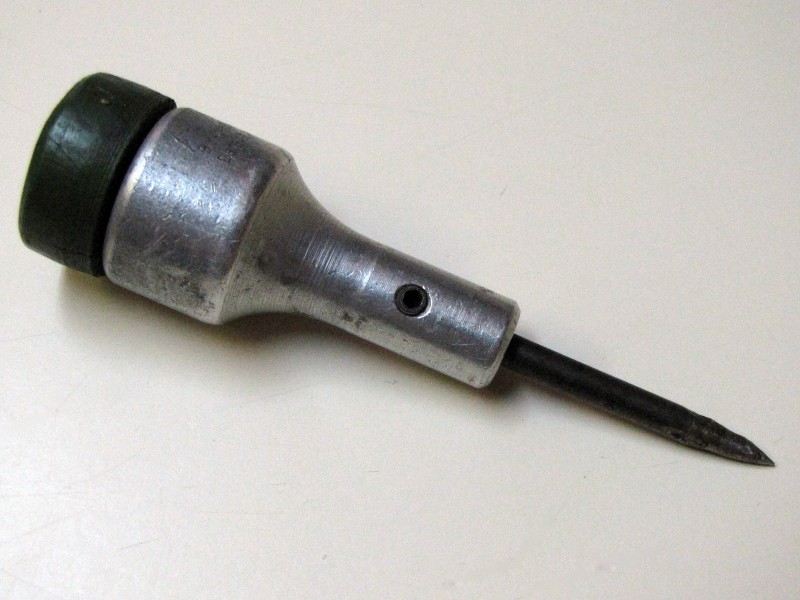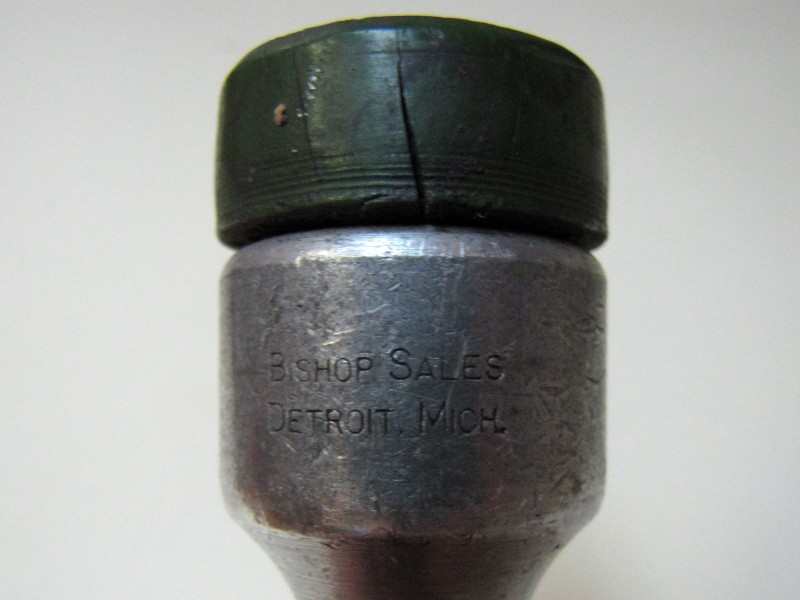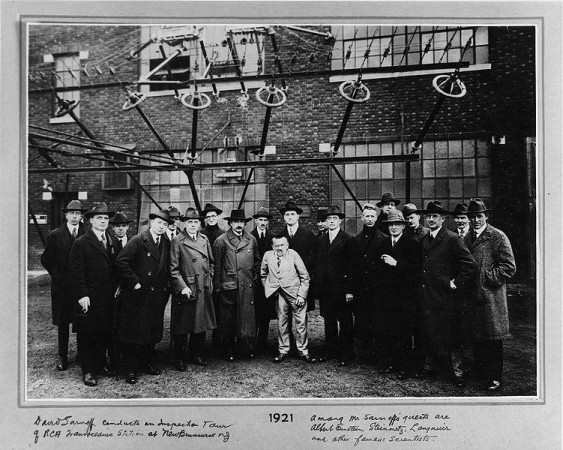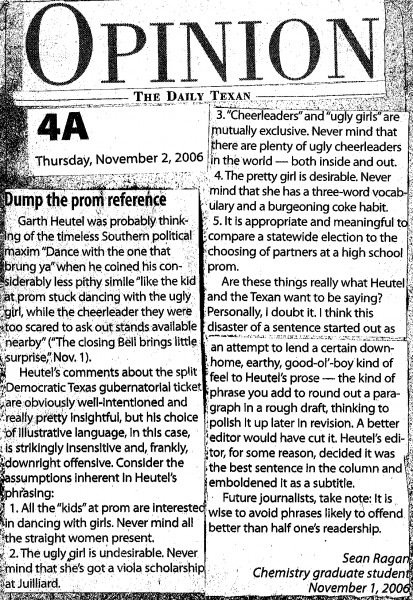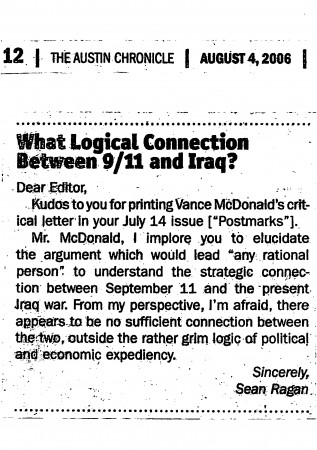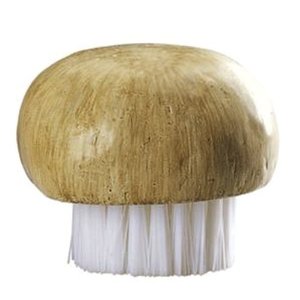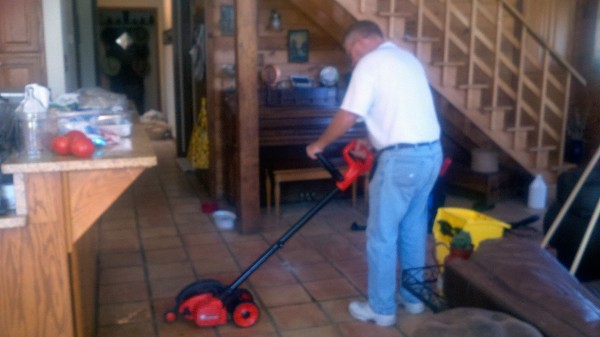On Friday, I finished a book. It’s a tragically rare occurrence, these days. Even more unusually, it was a novel—Richard Matheson’s The Beardless Warriors, an autobiographical bildungsroman set among U.S. infantryman fighting the Second World War in Europe.
The main character, Hackermeyer, is one of several “beardless” teenage soldiers in an infantry squad under thirty-something Sergeant Cooley, who becomes, inevitably, a father figure to the “kids” that fight and die under his command. “Hack,” whose own family background is abusive and neglectful, forms a very close bond with Sergeant Cooley, and essentially the novel is about Hack finally coming to understand love and familial belonging against the horrific backdrop of war. It’s a cliché, now, though I don’t really know enough about the genre to say whether that arc was quite so tired when The Beardless Warriors was originally published.
Cliché or no, it works for me, and I did enjoy the book. While reading, I assumed that it was Matheson’s first novel, and that he’d written it shortly after coming back from his own tour in Europe, sometime in the late ’40s. Though that may well be the case, The Beardless Warriors was not actually published until 1960. But, in any case, it reads like a first novel, to me. The prose, pacing, and dialogue are often clunky, though there are undoubtedly some very effective—almost brilliant—moments.
As an example of the former, here’s an especially clumsy paragraph from near the end of the book, during the climatic assault on Saarbach:
Hackermeyer started shooting as Guthrie and Tremont ran around the rubble heap and into the square, picking up impetus as they ran. He noticed that Tremont kept his eyes on Guthrie. The moment Guthrie buckled his knees and fell, Tremont did the same. Guthrie started firing at the building; Tremont lay shivering in the snow.
Here’s how I would edit/rewrite it:
Hack started shooting as Guthrie and Tremont bolted into the square, picking up speed as they ran. Tremont followed Guthrie’s lead, falling and covering when he did. But when Guthrie opened fire on the building, Tremont just lay there, shivering in the snow.
Some of these edits could be boiled down to stylistic differences, but I don’t think there’s any denying that some of Matheson’s original prose is just sloppy. He favors a “brutalistic,” vaguely Hemingwayesque style, but that doesn’t justify awkward, inefficient, wordy phrases like “He noticed Tremont kept his eyes on Guthrie.” The entire novel is told from Hackermeyer’s POV, after all, so “He noticed” is pretty much always going to be unnecessary verbiage. It’s no more necessary to mention Hack’s “noticing” Tremont keeping his eyes on Guthrie than it is later, in the same paragraph, to say “he noticed Guthrie started firing at the building” or, “he noticed that Tremont lay shivering in the snow.”
Here’s another paragraph, from the same scene, that could’ve benefited from some attentive editing:
Shells exploded all around. They rocked the earth and detonated Schu mines, jetted murky clouds of mud into the snow-filled air. Razor-edged cleavers of shrapnel shot in all directions, walls of concussion slammed against them. Hackermeyer trembled, helpless, cleaving to the mud as if gravity had lost its hold and he resisted being sucked into the sky. Thought was gone again. He was a mindless clump of flesh and bone, welded to the floundering earth.
My version:
Shells exploded all around. They rocked the earth, detonating buried landmines and blasting jets of mud into the freezing air. Razor-edged shrapnel cleavers shrieked in all directions. Walls of concussion slammed against them. Hack trembled, helpless, clinging to the ground as if the sky were an abyss into which he might fall. Thought and mind were gone, again, and he was just a clump of quivering flesh, welded to the floundering earth.
Again, stylistic choices. But consider, particularly, Matheson’s evocative but awkwardly-phrases simile: “Hackermeyer trembled, helpless, cleaving to the mud as if gravity had lost its hold and he resisted being sucked into the sky.” First, the homonym verb “cleaving” coming right on the heels of the noun “cleaver” (just used to describe the flying shrapnel), is repetitious, as is the reappearance of “mud,” which is both the object to which Hackermeyer clings and the substance “jetted” into the air two sentences before. Then there’s the mess at the end: “as if gravity had lost its hold and he resisted being sucked into the sky.” It is a nice image, but there has to be a more eloquent way of expressing it.
I also marked some passages that I liked. This exchange between Hackermeyer and “sad clown” squad-mate Guthrie actually works pretty well, for me, unlike much of Guthrie’s humor, which tends to fall flat (though very often, in fairness, it is supposed to):
“You’ve heard about our good Sergeant Wadley>” said Guthrie.
“Was he killed?”
“No such luck,” said Guthrie. “He ran off.”
“When?”
“Yesterday during Nazi artillery practice.”
Hackermeyer frowned. “How come?”
“He was alarmed,” said Guthrie. “Threw down his gear and scooted off like Chicken Little. Claimed the sky was falling down.”
He was alarmed. Comic understatement for the win. Here’s another good Guthrie moment:
Machine-gun fire started ripping close above and Hackermeyer scrabbled for the nearest shell hole. MacFarland followed.
“What the hell is happening?” raged MacFarland.
Hackermeyer started to reply when a body came crashing down on top of them.
“Sorry, men!” said Guthrie, scrambling off them. He saluted with his left hand, his face contorted, smeared with mud. “It is a good war, men, a true war!”
“Go screw yourself!” MacFarland shouted at him.
“It is an ill-advised project, father!” Guthrie shouted back.
During the assault on Saarbach, Hackermeyer and his squad fight their way past a statue of Christ on the Cross that had earlier been identified to them, during operational planning, as a tactical landmark. In fact, Matheson does not belabor the symbol of Christ crucified amongst the desolation and horror of war, which is all for the best, as far as I am concerned, because it is not exactly subtle. The image only stuck in my mind because it reminded me of an essentially identical scene in Samuel Fuller’s 1980 movie The Big Red One, which is also an autobiographical story of infantry combat in WWII Europe. In Fuller’s movie, the crucifixion image is rather overplayed, I think, but at least visually it is quite striking: The wood of Christ’s face is bleached, weathered, and cracked, and is covered with crawling red ants. Matheson also explicitly mentions the “weather-worn face and body on the cross,” and I was led to wonder if A) the similar imagery is purely coincidental B) the crucifix in The Big Red One was borrowed, consciously or not, from Matheson’s chronologically earler work, or C) both Matheson and Fuller independently encountered a weatherbeaten statue of Christ crucified while they were actually on the ground, in combat, in Europe, and the experience made such an impression on each of them that it later, independently, found its way into each man’s art. Case (C), of course, is the most interesting, and if I had time for idle scholarship I think it’d be fun to try to run down an answer. Did they both see the same statue? Is it still standing?
Anyway. I’m going on to read more Matheson, I think. The same friend who recommended The Beardless Warriors just loaned me her copy of Matheson’s short story collection Duel. Will be interesting to compare.


